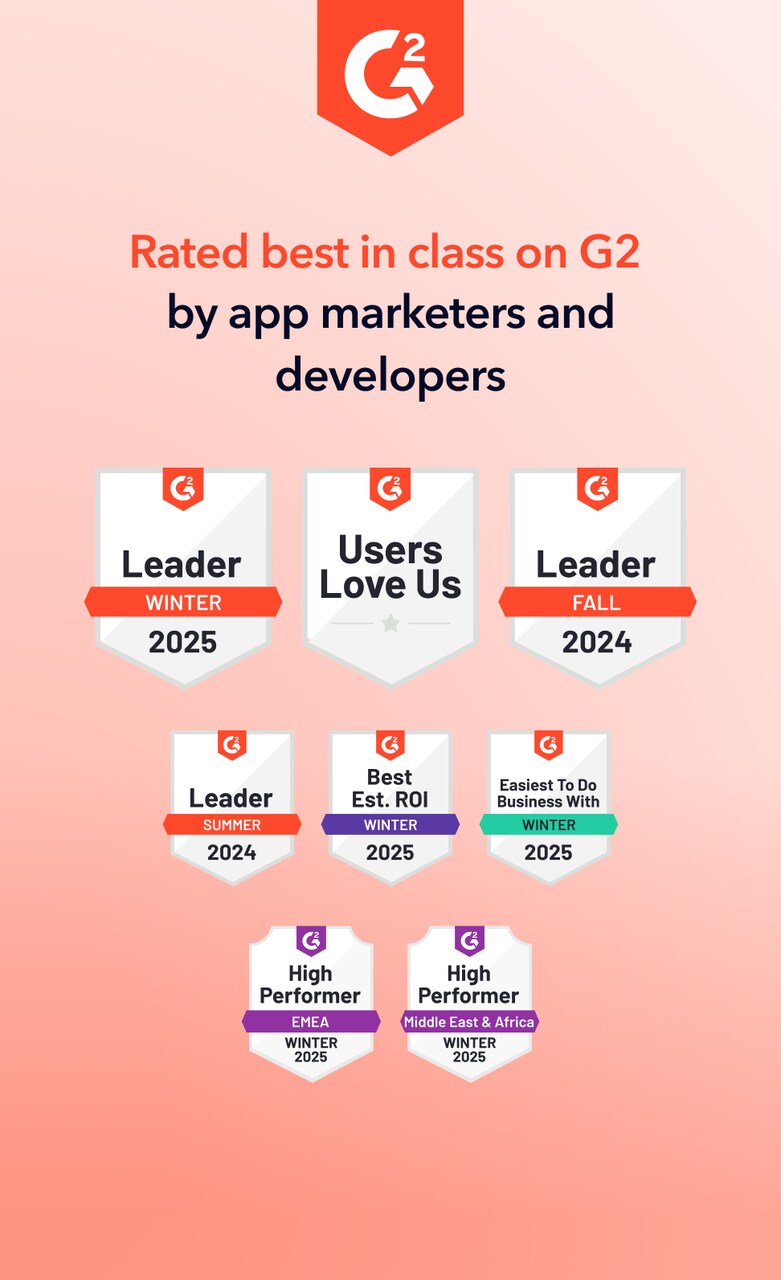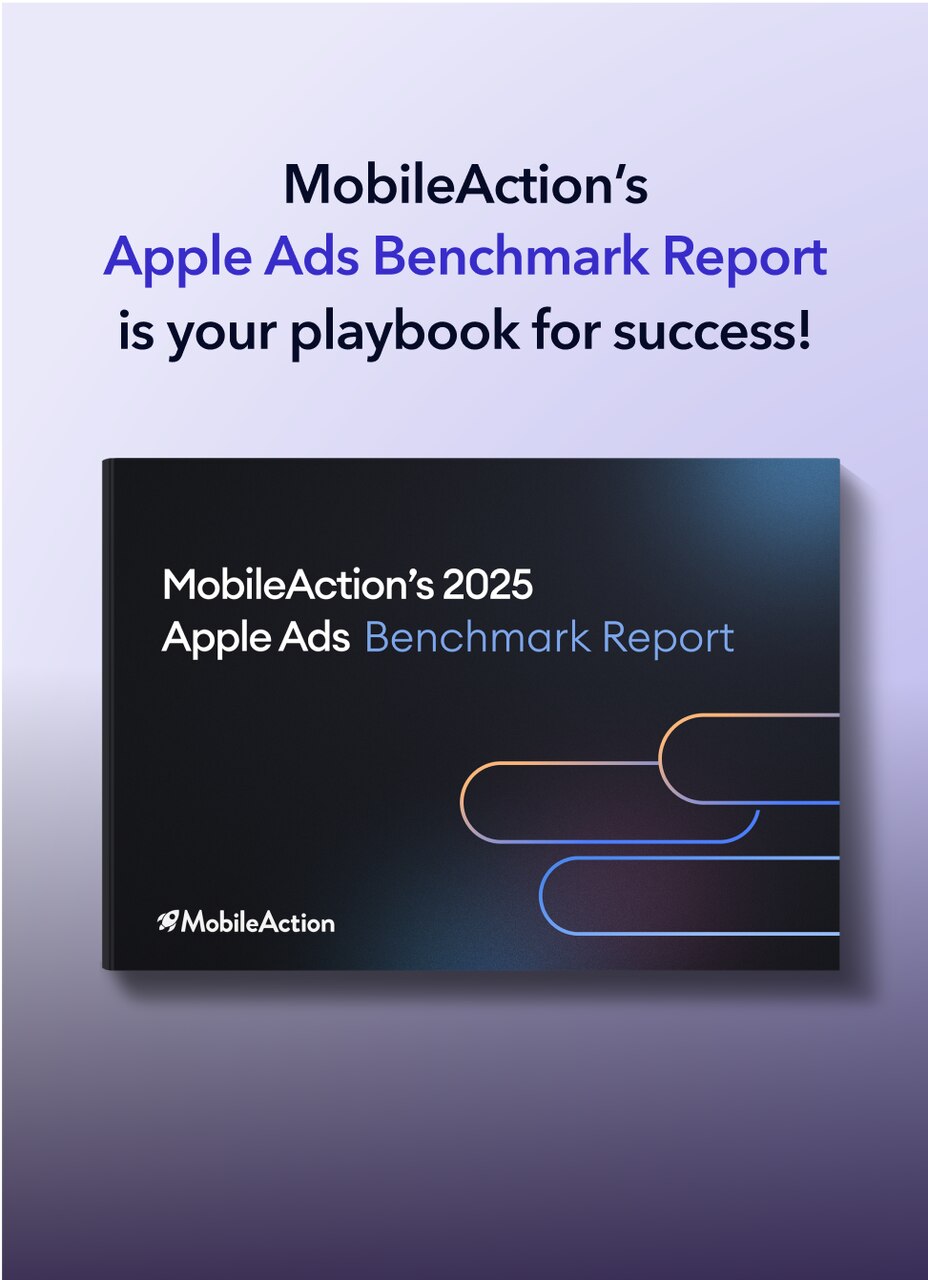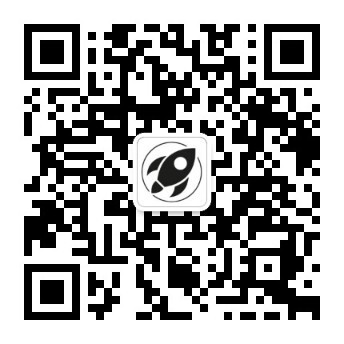Games
The Games category is a powerhouse in the app ecosystem, with a constant influx of new titles and subgenres competing for attention. The most used keywords in this category paint a clear picture of what developers are prioritizing and what users are searching for.
The keyword “game” is a no-brainer, appearing in nearly every title or subtitle to immediately signal the app’s purpose. Similarly, “play” is a direct call to action, emphasizing interactivity and engagement, which are core to gaming experiences.
The term “world” reflects the popularity of immersive, open-world games that allow users to explore vast digital landscapes. This keyword resonates with fans of RPGs (role-playing games) and adventure games, which continue to dominate the charts. On the other hand, “puzzle” highlights the enduring appeal of brain-teasing games, which attract a broad audience, from casual gamers to those seeking mental challenges.
The inclusion of “players” is particularly noteworthy. It underscores the growing trend of multiplayer and social gaming experiences, where users can connect, compete, or collaborate with others in real-time. This trend has been fueled by the rise of mobile esports and games like Among Us or Clash Royale, which thrive on community interaction.
Finally, “free” remains a critical keyword, as many games rely on freemium models to attract users. This keyword is often paired with “features” or “new” to highlight the value proposition, offering users a taste of the game’s capabilities without an upfront cost while enticing them with regular updates or premium features.
Education
The Education category has significantly transformed since the COVID-19 pandemic, with a surge in demand for online learning tools and resources. The most used keywords in this category reveal the evolving needs of students, professionals, and lifelong learners.
At the heart of this category are the keywords “learning” and “learn,” which emphasize the core purpose of these apps: to facilitate knowledge acquisition. These terms are often paired with “practice” and “study,” reflecting the importance of repetition and active engagement in the learning process.
The keyword “AI” stands out, showing the growing influence of artificial intelligence in education. AI-powered apps are revolutionizing how users learn, offering personalized recommendations, adaptive learning paths, and instant feedback. For example, language learning apps like Duolingo and test prep tools like Quizlet have integrated AI to enhance user experiences, making this keyword a must-have in their metadata.
The prominence of “language” and “school” highlights the diverse use cases within the Education category. Language learning apps have become popular as globalization and, possibly, remote work drive demand for multilingual skills. Meanwhile, “test” and “exam” point to the growing reliance on apps for academic preparation, particularly among students navigating standardized tests or competitive exams.
These keywords collectively suggest that Education apps are not just about delivering content but also about providing tools that empower users to achieve specific goals, whether it’s mastering a new language, acing an exam, or simply expanding their knowledge.
Finance
The Finance category is all about practicality and trust, and the most used keywords reflect this straightforward approach.
Keywords like “financial,” “money,” and “bank” are foundational, signaling the core functionalities of these apps: managing finances, tracking expenses, and facilitating transactions. These terms are often paired with “account” or “card” to emphasize the app’s ability to connect users with their existing financial tools, such as bank accounts or credit cards.
The inclusion of “trading” and “investment” highlights the growing popularity of apps that cater to retail investors. With the rise of platforms like Robinhood and eToro, more users are turning to mobile apps to trade stocks, cryptocurrencies, and other assets. These keywords are often used to attract users who are looking for easy, accessible ways to grow their wealth.
Meanwhile, “pay” and “credit” point to the demand for digital payment solutions and credit management tools. Apps that simplify payments or help users monitor their credit scores are leveraging these keywords to appeal to a broad audience, from everyday consumers to small business owners.
Overall, the Finance category’s keyword usage reflects a focus on clarity, functionality, and trust, qualities that are essential for apps dealing with sensitive financial information.





























